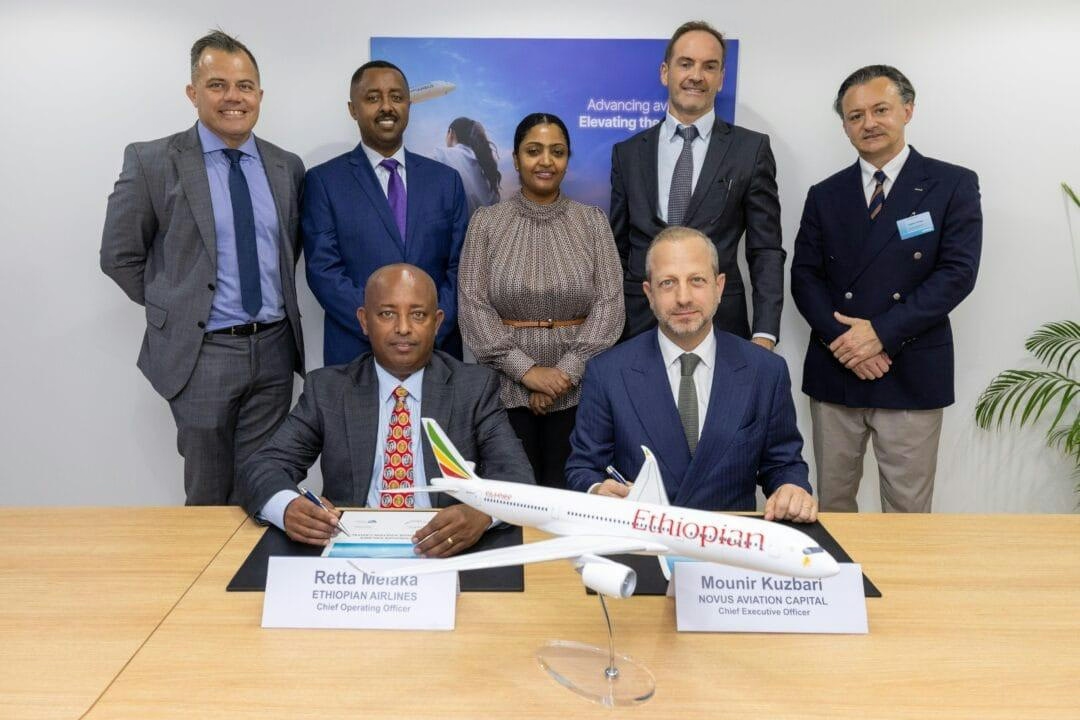
AeroGenie: Su copiloto inteligente.
Tendencias
Categories
Advancing the Future of Hold Baggage Screening
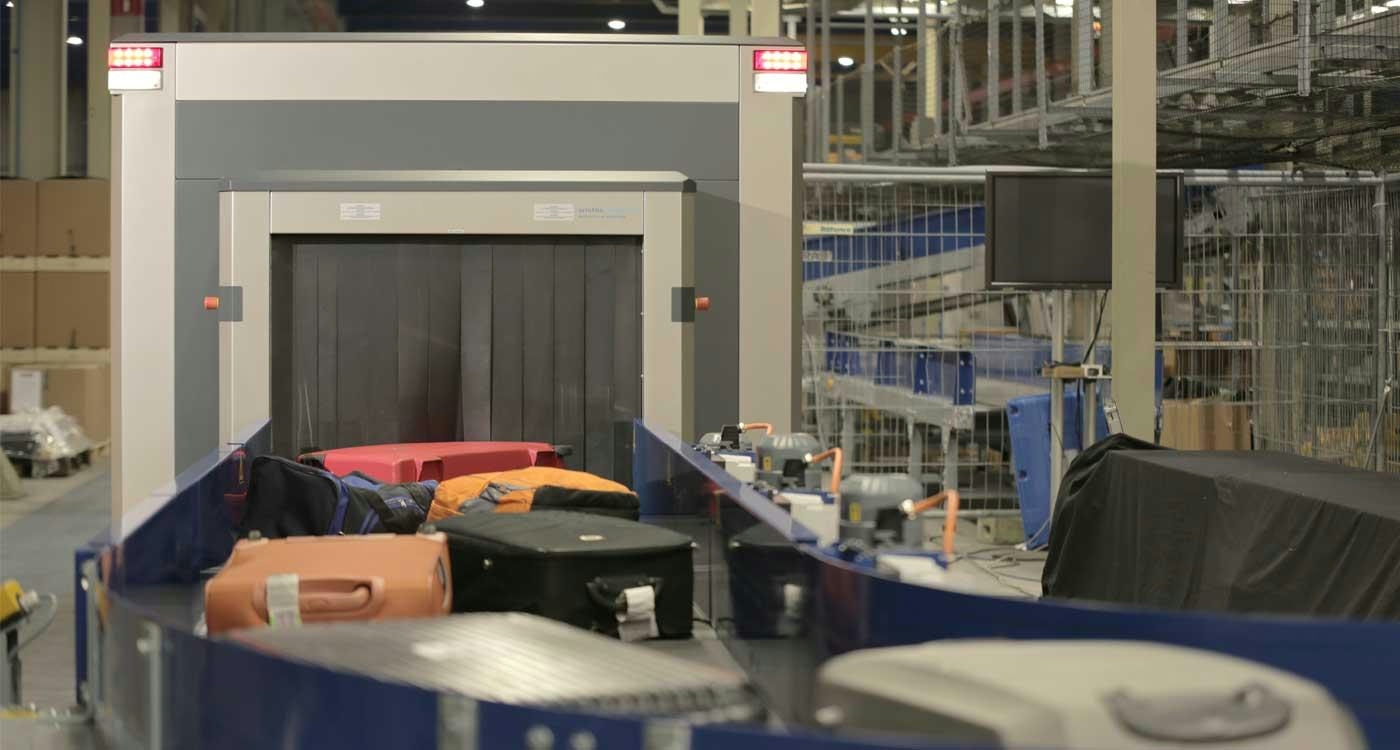
Advancing the Future of Hold Baggage Screening
As global air travel anticipates a doubling of passenger traffic by 2040, airports face increasing pressure to overhaul hold baggage screening (HBS) systems. This transformation is driven by the need to address operational demands alongside a rapidly evolving threat landscape. The intersection of rising passenger volumes, sophisticated security threats, and shifting regulatory requirements is prompting a strategic move toward more resilient, efficient, and adaptable security frameworks.
Evolving Threats and Regulatory Demands
The threats confronting aviation security have grown more complex. Security professionals must now contend not only with conventional explosives but also with sophisticated homemade explosives (HMEs), non-traditional weapons, and advanced concealment methods. Richard Thompson, Vice-President of Portfolio, Innovation and Digital at Smiths Detection, explains that criminal organizations actively study detection techniques to develop countermeasures. He notes that baggage threats have evolved from standardized explosives to improvised materials and sophisticated concealment strategies that exploit the limitations of current systems.
In response, regulatory standards are advancing to keep pace with these emerging threats. The transition from ECAC Standard 3.1 to 3.2 exemplifies this shift, demanding technology capable of detecting a wider array of explosive threats. Christoph Oftring of the BEUMER Group emphasizes that ECAC Standard 3.2 sets the highest benchmark for explosive detection in passenger hold baggage. Susanne Kruppa, Senior Product Manager for Hold Baggage Screening at Smiths Detection, adds that the new standards reflect the increasing diversity and complexity of explosive threats, particularly with the rise of HMEs in liquid and powder forms. She stresses that detection technology must move beyond traditional density-based screening to effectively address these challenges.
Structural Transformation and Technological Innovation
The evolving threat environment and regulatory landscape are accelerating significant changes within HBS operations. Airports are transitioning from isolated screening points to fully integrated, intelligent networks that offer a comprehensive view of security processes. This networked ecosystem approach enhances coordination and responsiveness across the entire baggage handling system.
Artificial intelligence (AI) and machine learning are playing a pivotal role in this transformation. These technologies automate threat recognition, reduce operator workload through alarm-only viewing, and facilitate predictive maintenance, thereby improving both efficiency and reliability. The International Remote Baggage Screening (IRBS) pilot program exemplifies this shift toward advanced technological integration. The program requires close collaboration between U.S. Customs and Border Protection (CBP) and the Transportation Security Administration (TSA), underscoring the operational complexities involved in deploying sophisticated screening solutions across agencies and international borders.
Addressing Safety and Operational Challenges
Operational reliability remains a critical concern in the high-volume, automated environment of hold baggage screening. Any downtime caused by bag jams or system failures can lead to significant disruptions and financial losses. Additionally, the Federal Aviation Administration (FAA) has recently issued warnings regarding the fire risks associated with lithium battery-powered devices in checked baggage. This development highlights the necessity for enhanced safety protocols and clear passenger communication to mitigate fire hazards, adding further complexity to the screening process.
Industry Response and the Path Forward
In response to these challenges, industry players are adopting initiatives aimed at streamlining baggage handling and enhancing the passenger experience while proactively addressing emerging safety concerns. As airports prepare for substantial growth over the next decade, the integration of advanced detection technologies, networked systems, and AI-driven analytics will be crucial. These innovations will help build a security ecosystem that is not only compliant with evolving regulations but also resilient and adaptable to future threats.
The future of hold baggage screening hinges on the industry’s capacity to innovate, collaborate, and respond swiftly to regulatory demands and shifting threat dynamics, thereby safeguarding the efficiency and security of global air travel.
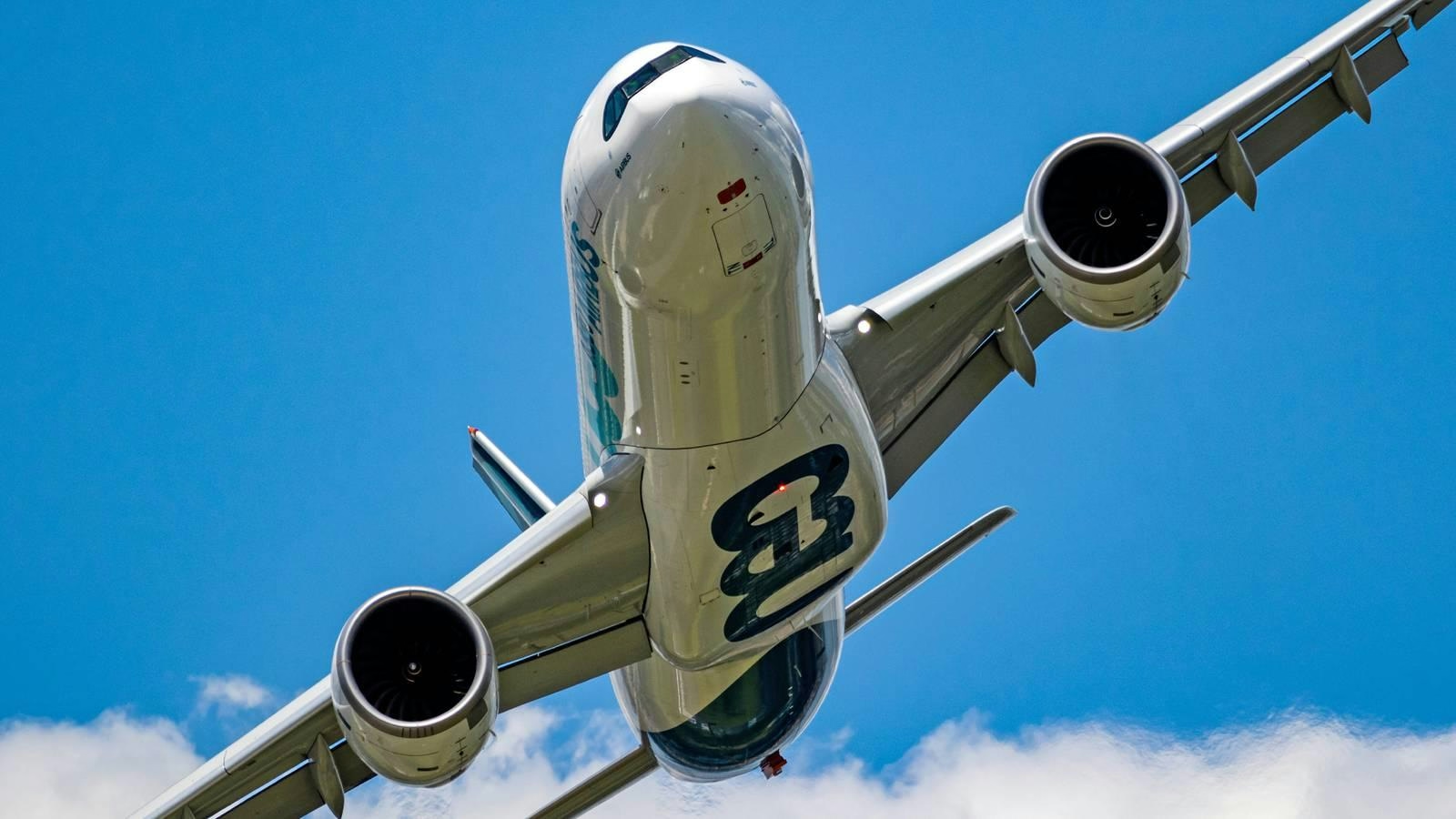
Why Is the Airbus A330neo Limited to a Single Engine Type?
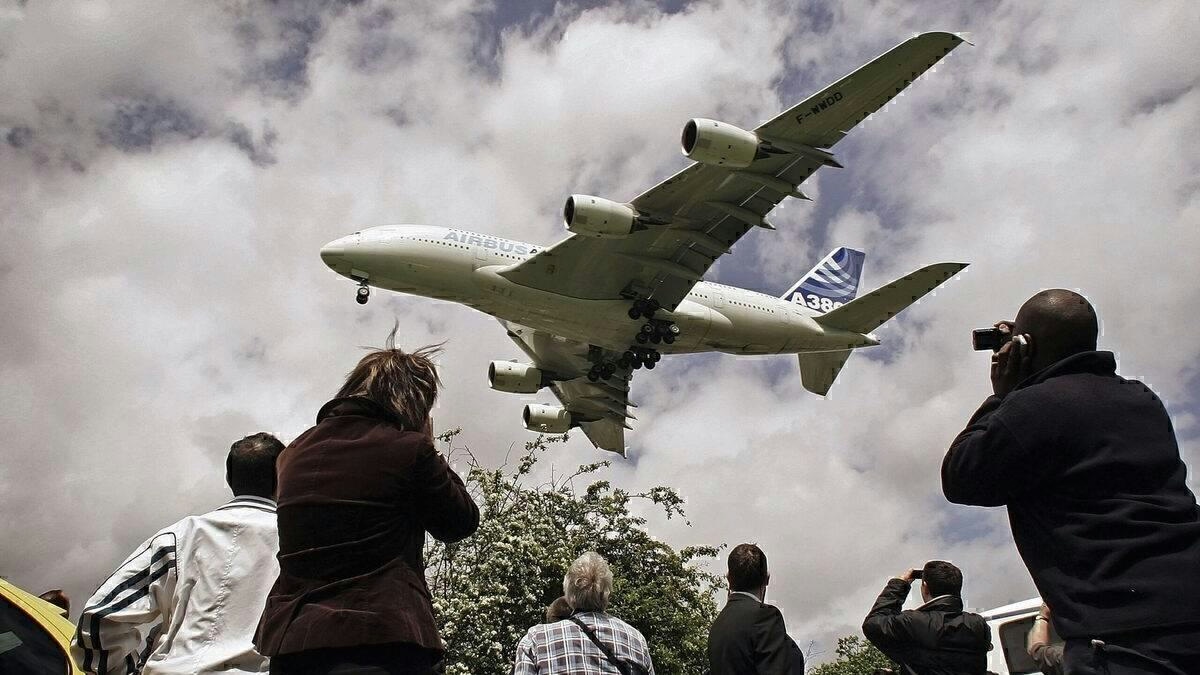
FedEx Cancels Airbus A380 Order

Why AI Hasn’t Transformed Flight Booking
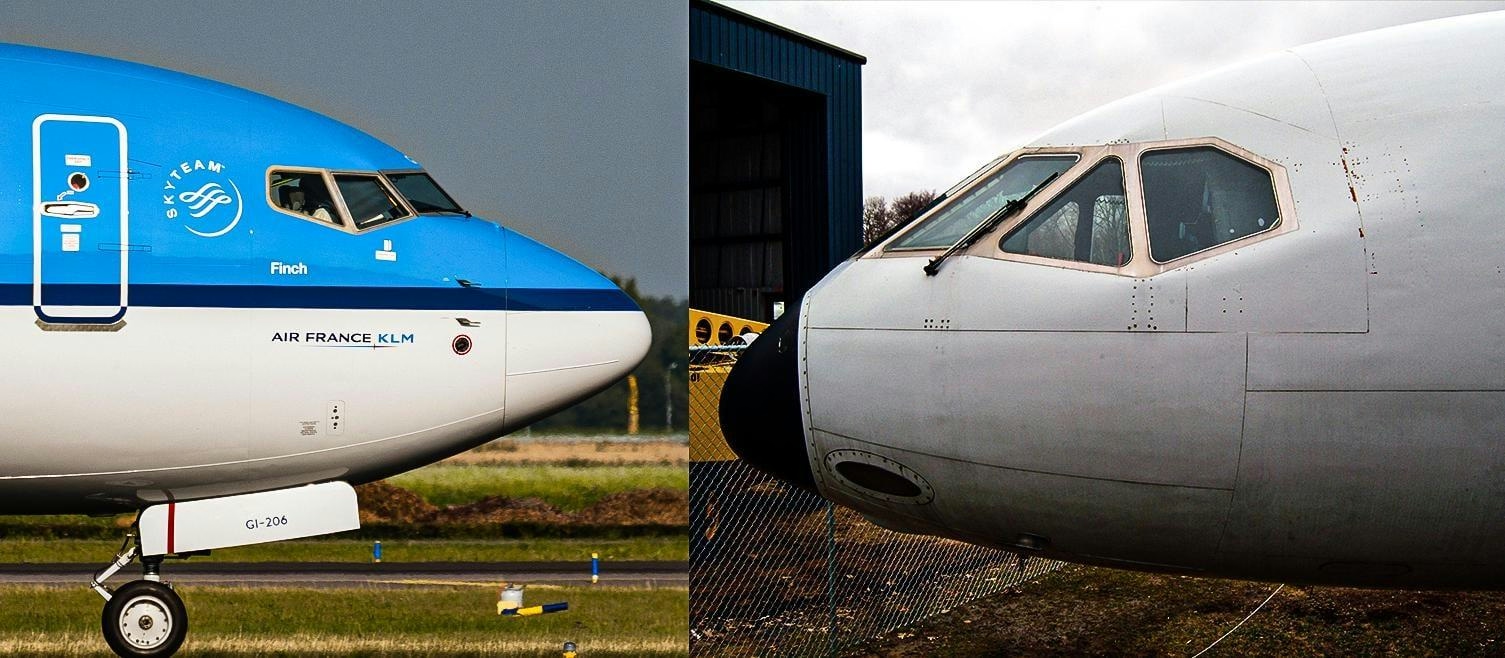
Why Are Boeing Aircraft Noses More Pointed Than Airbus?
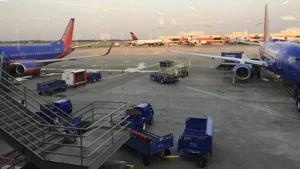
Digitizing the Aviation Supply Chain: Moving Beyond Outdated Practices
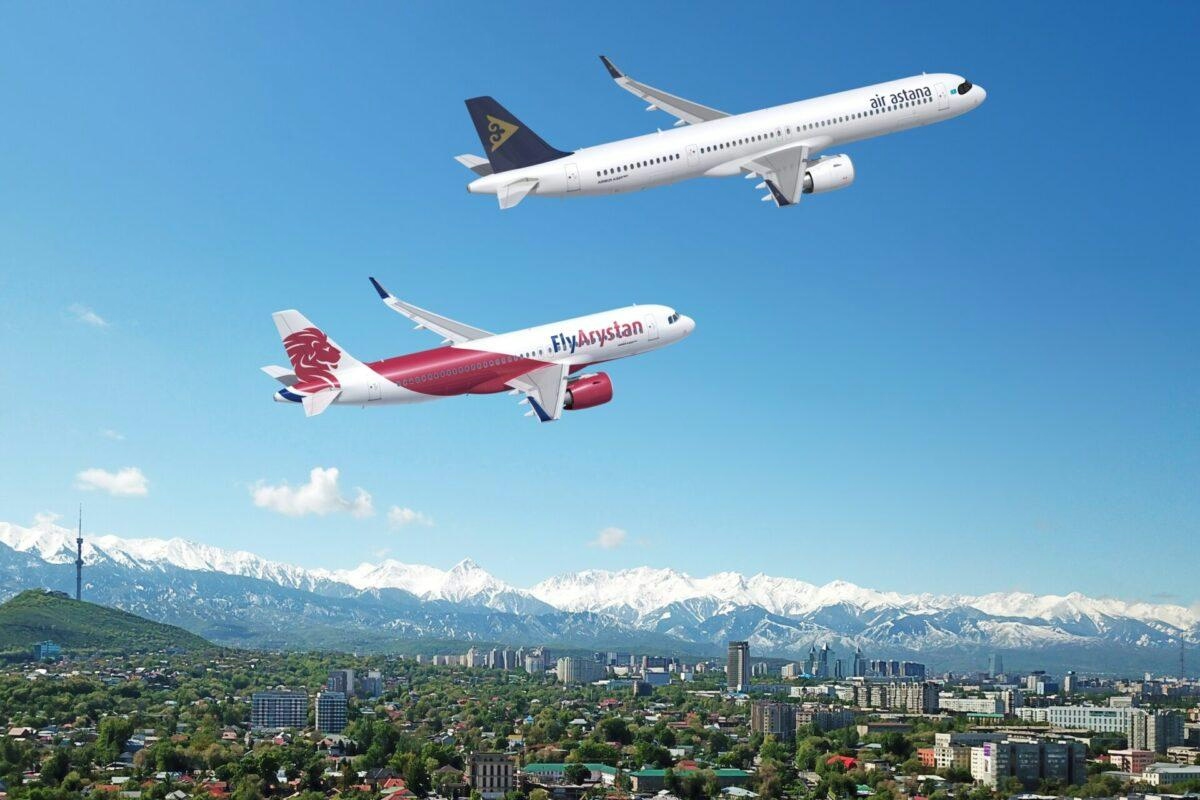
Air Astana Signs Agreement for Up to 50 Airbus A320neo Jets

East London students explore aviation innovation at LCY STEM event

Archer’s Air Taxi Fails to Fly at Dubai Airshow
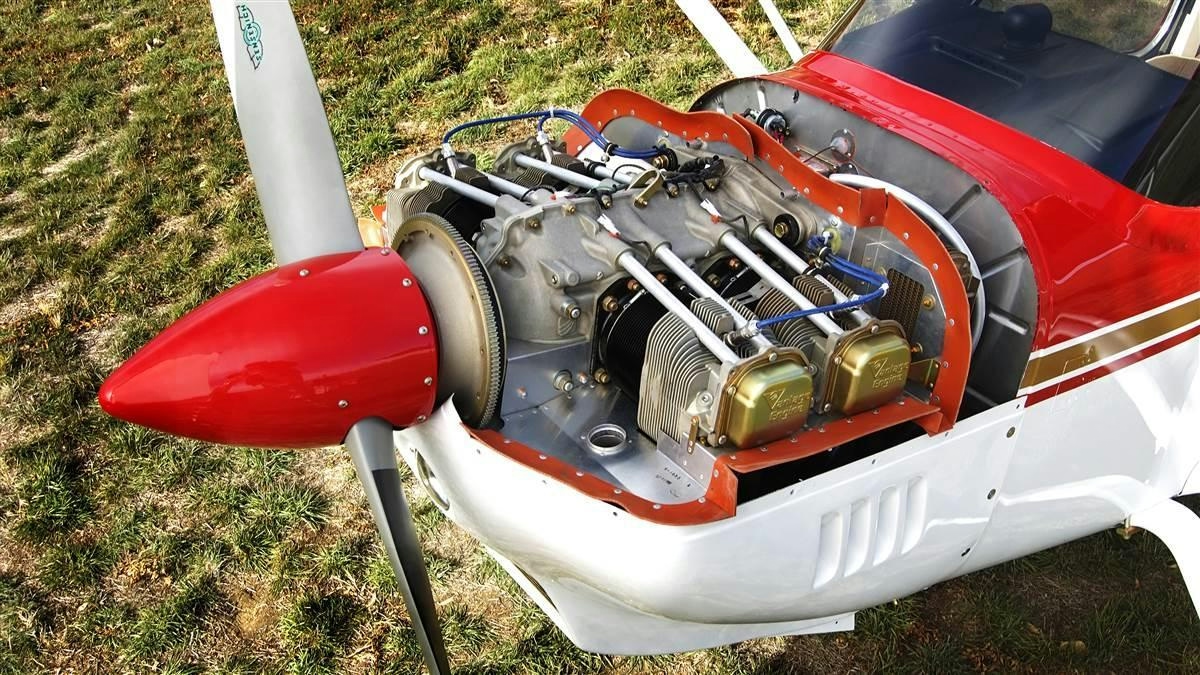
New Course on Airplane Engine Operations Launched
